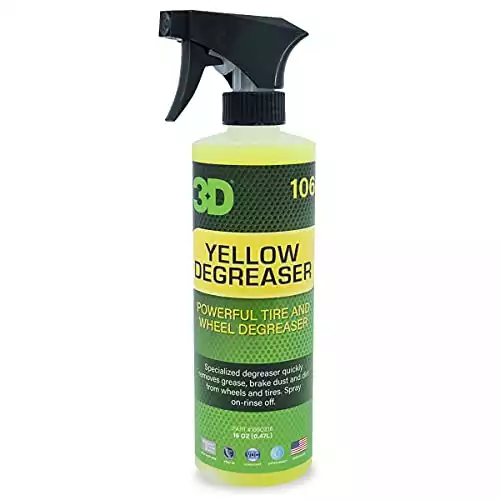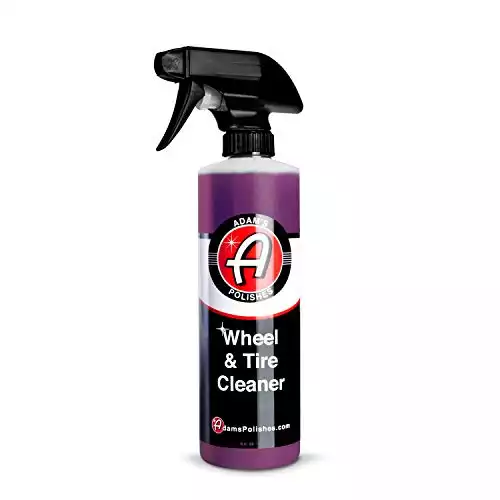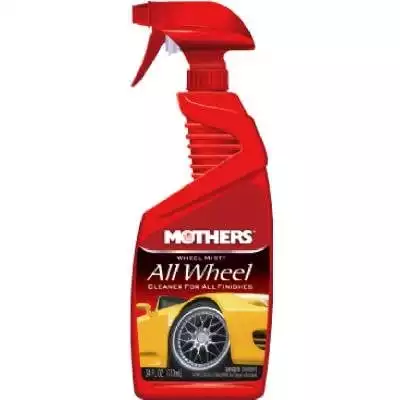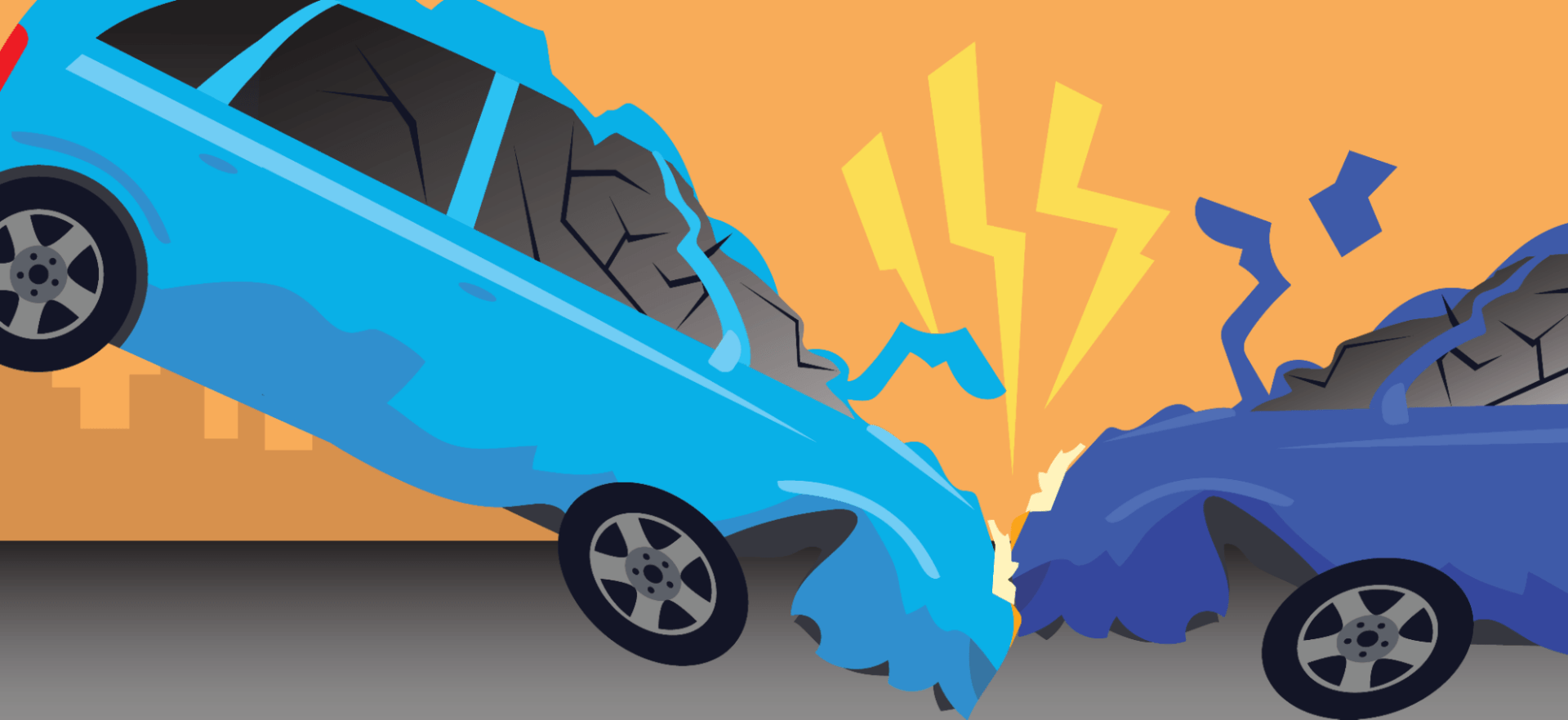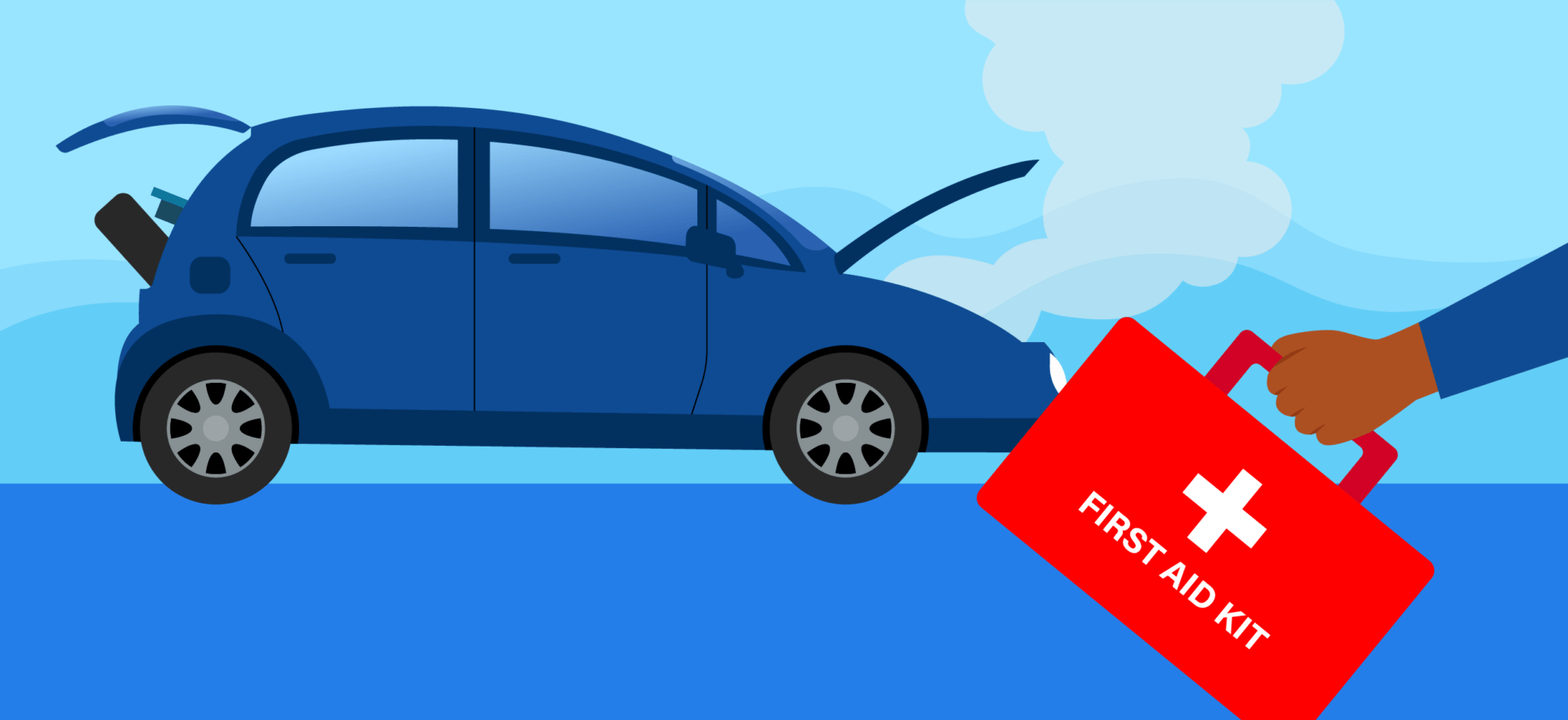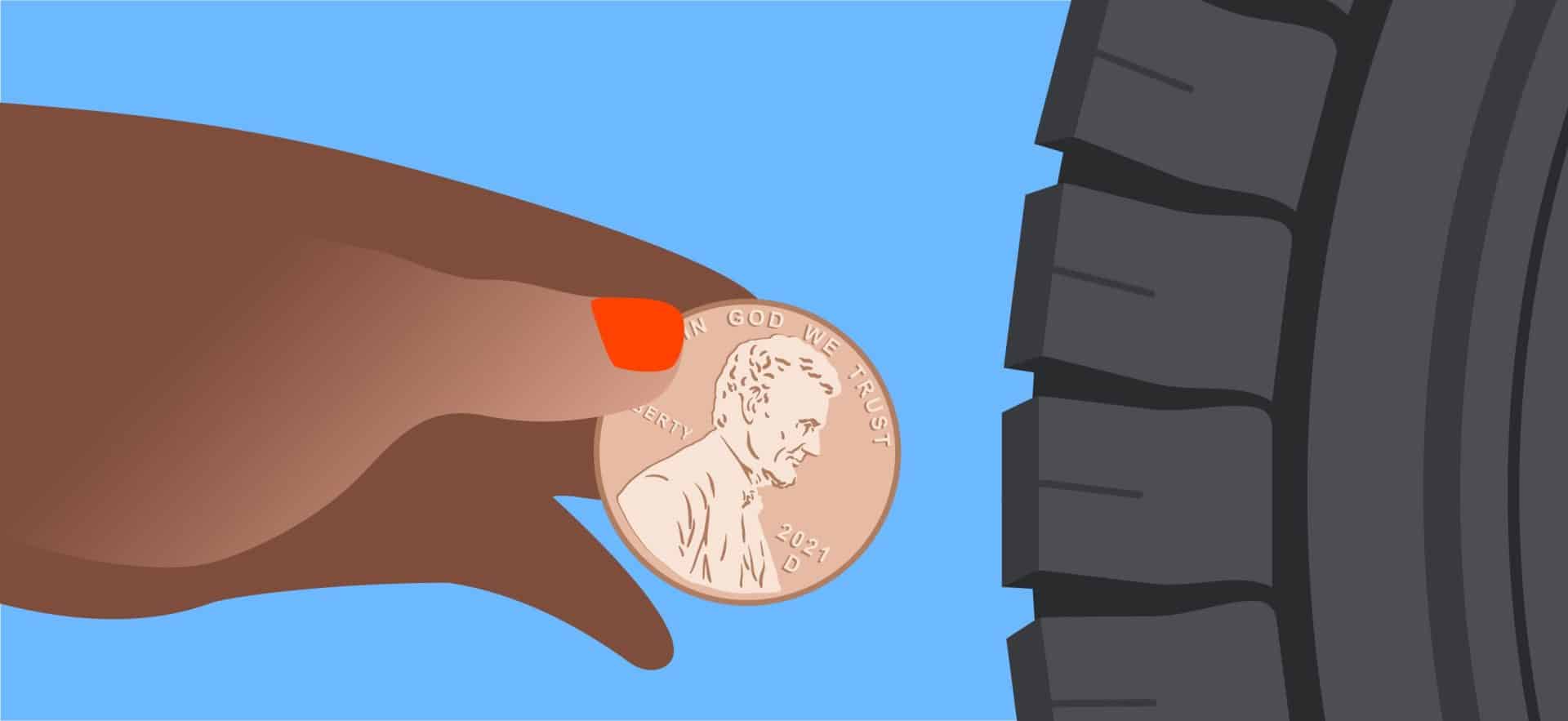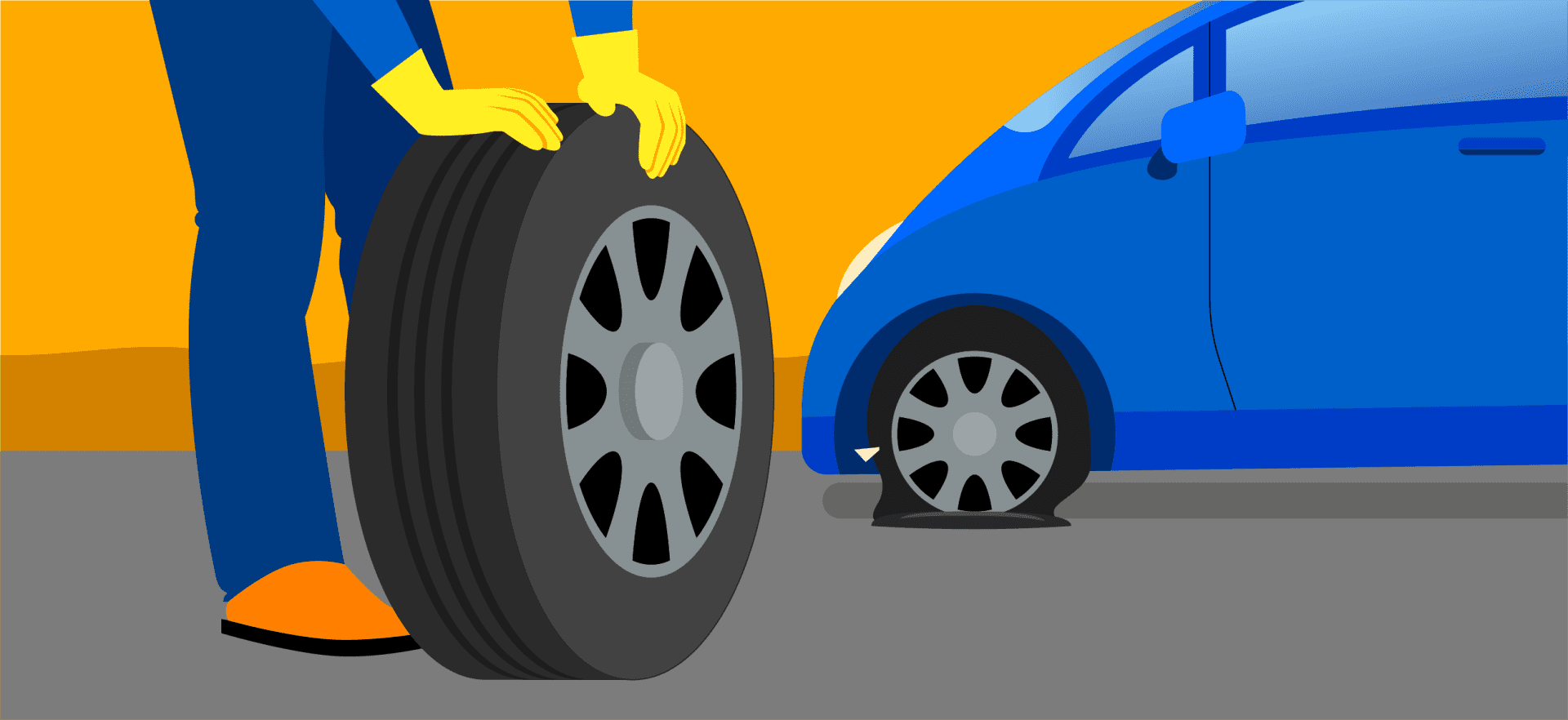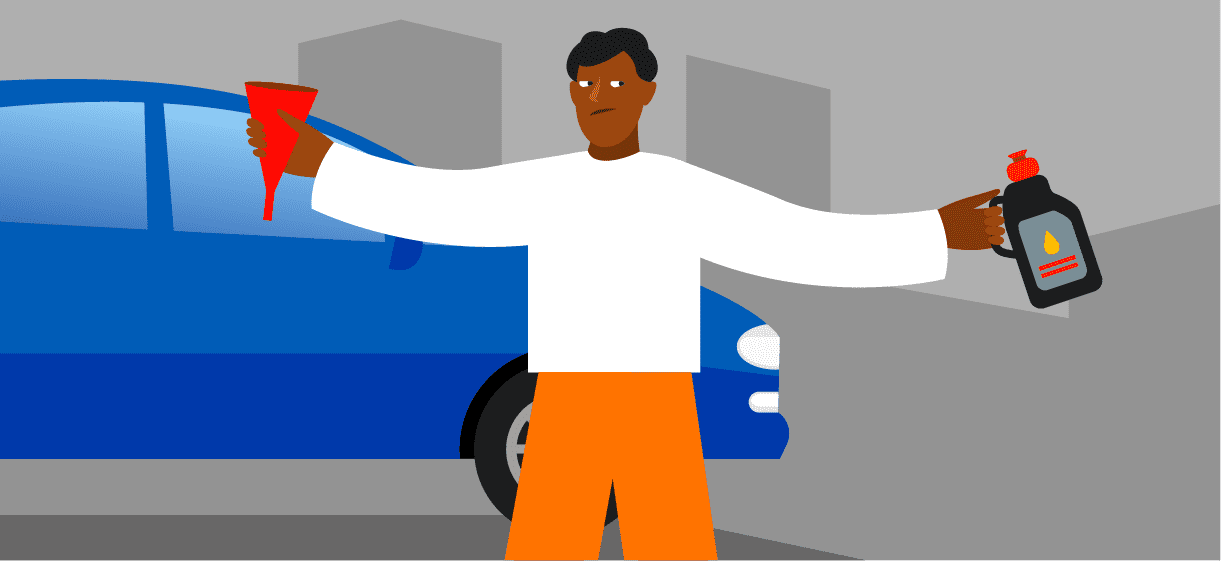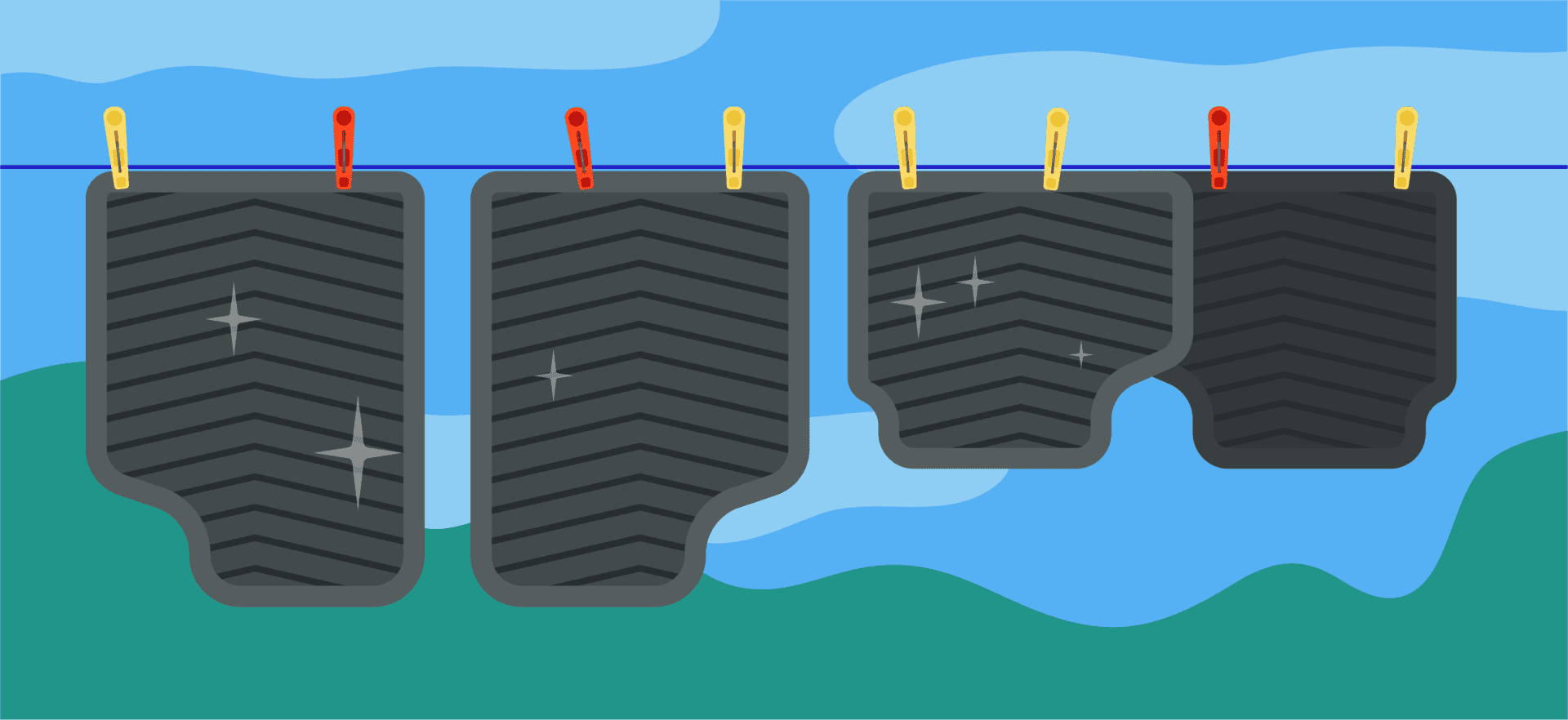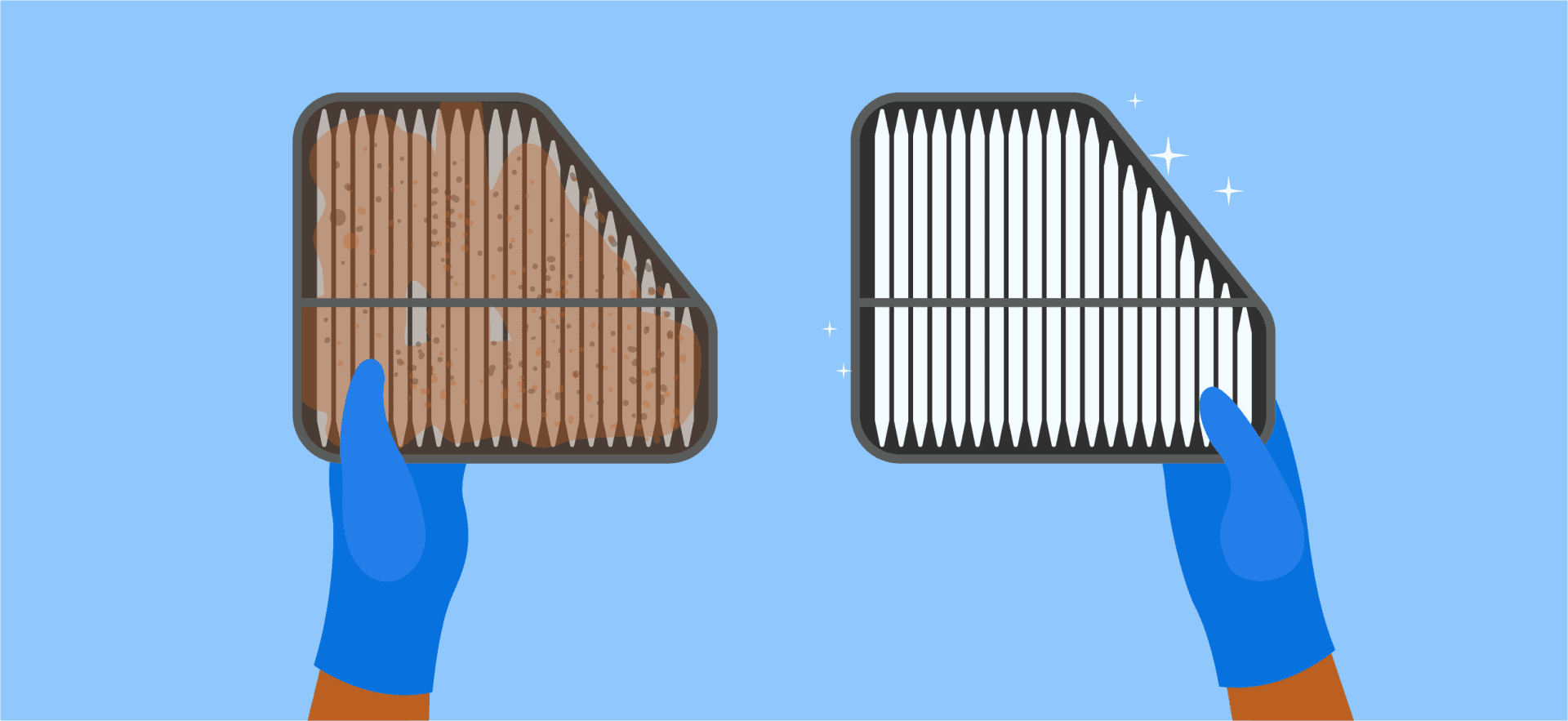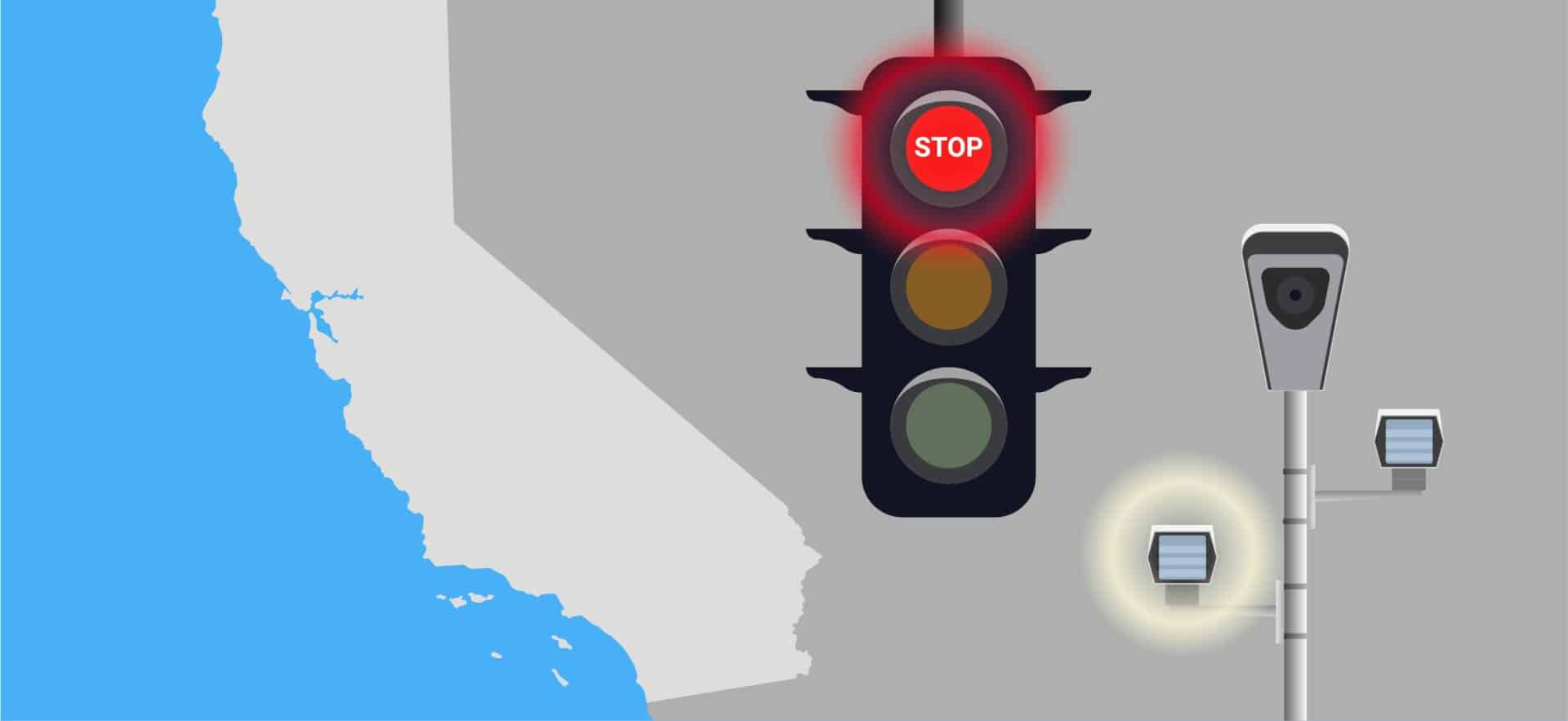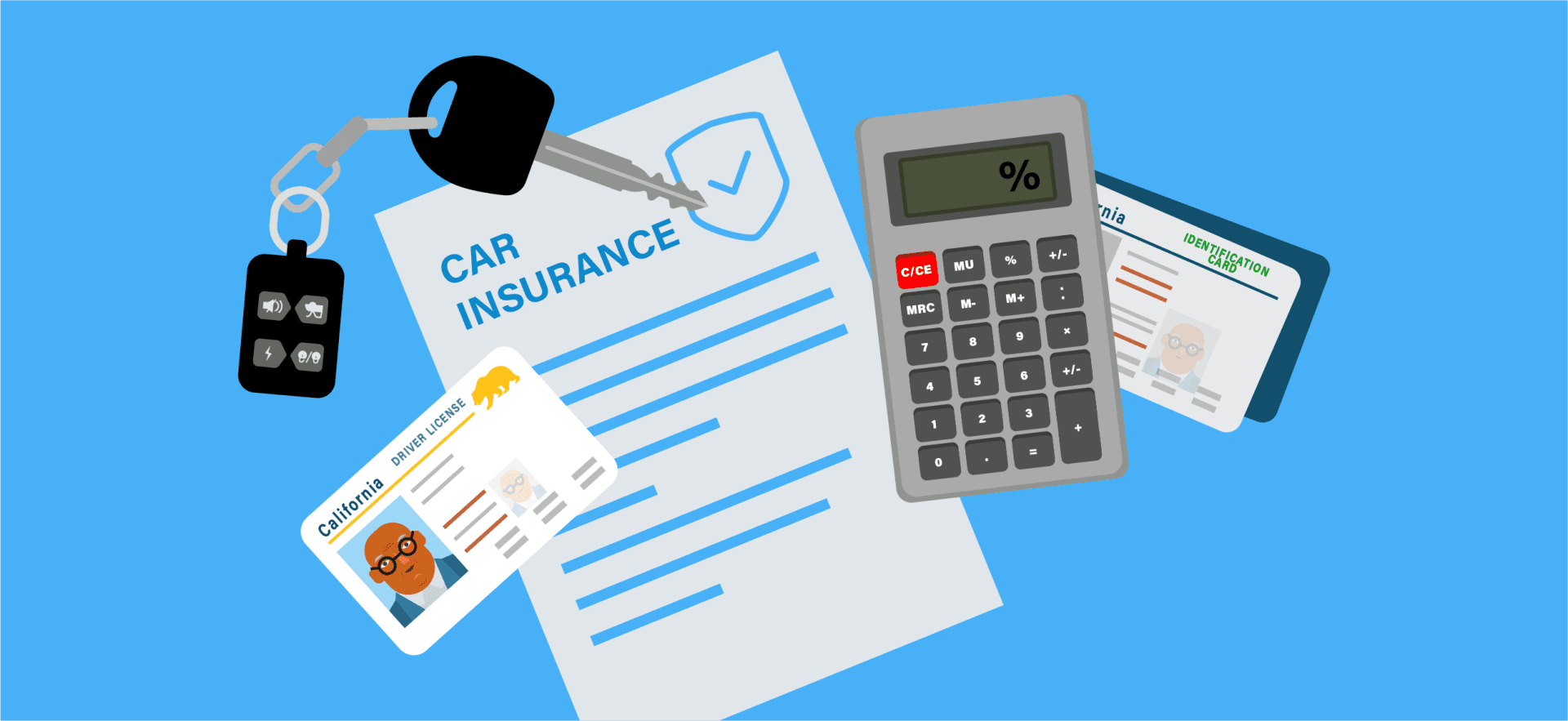Maintaining a clean car is about more than just aesthetics; it’s about ensuring the longevity and optimal performance of each component. One of the most overlooked yet essential parts to clean regularly are your tires. They tirelessly (pun intended) hit the open road, accumulating a mix of everyday dirt and more harmful elements like rotor shavings, brake pad dust, and seasonal foes like road salt.
Continue reading to delve into the reasons behind the significance of regular tire cleaning, how it benefits your vehicle’s health and performance, and recommendations on the best tire cleaners to achieve a thorough clean.
The Significance of Maintaining Clean Tires
Tires, often seen as the sturdy rubber shoes of your vehicle, play a pivotal role in ensuring a smooth and safe ride. However, they are continually exposed to a barrage of dirt and contaminants. Here’s why consistent cleaning is non-negotiable:
- Tire Longevity: Accumulated grime, especially abrasive substances like road salt and brake pad dust, can accelerate wear and tear. Regular cleaning can enhance the lifespan of your tires, saving you replacement costs in the long run.
- Optimal Performance: A clean tire ensures a proper grip on the road, which is essential for efficient braking and maneuvering. Over time, accumulated debris can impact your tire’s performance, potentially compromising safety.
- Aesthetics: Clean tires enhance your vehicle’s overall appearance. A shiny car paired with grimy tires can diminish the visual appeal of your vehicle.
- Preventing Damage: Materials like road salt can degrade rubber and corrode your wheels’ metal components. Periodic cleaning can stave off potential damages and hefty repair costs.
- Fuel Efficiency: Believe it or not, clean tires can contribute to better fuel efficiency. When properly maintained, tires can function optimally, leading to smoother rides and less fuel consumption.
As we proceed, we will guide you through the best methods and products to ensure your tires remain clean, ensuring both their longevity and your safety on the road.
Why Clean Your Tires?

Your vehicle’s tires encounter a variety of contaminants and debris every time they hit the road. Whether it’s the dusty residue from a summer drive or the harsh effects of winter road salt, each factor has its role in affecting the health and appearance of your tires. But why is regular cleaning so crucial?
- Extend Lifespan and Maintain Durability:
- Debris-Induced Damage: Accumulated dirt and debris aren’t merely superficial concerns; they can lead to physical damage, creating pits and grooves in your wheels. Such imperfections not only mar the look but also impair the tire’s integrity over time.
- Notorious Contaminants: Among the plethora of debris, road salt, and brake pad dust stand out as particularly detrimental. They’re abrasive, invasive, and, when left unattended, can accelerate wear significantly. Even seemingly harmless dirt, when compounded over time, can become a catalyst for degradation.
- Enhance Visual Appearance:
- Uniform Shine: A clean tire complements the gleam of a well-maintained car body. Ensuring your tires match the shine of the rest of your vehicle enhances its overall aesthetic appeal.
- Pride in Presentation: For car enthusiasts and everyday drivers alike, a clean vehicle is a source of pride. And a car’s appearance isn’t complete without spotless tires.
- Safety Benefits and Prevention of Wear:
- Optimal Traction: Dirt and debris can affect a tire’s tread, diminishing its grip on the road. This can compromise braking and maneuverability, especially in challenging conditions.
- Early Wear Detection: Regular cleaning sessions can also be a time for inspection. By maintaining clean tires, you’re in a better position to detect and address early signs of wear, preventing potential hazards on the road.
Best Tire Cleaners on the Market
Taking care of your vehicle means ensuring every part, including the tires, is in the best condition possible.
When investing in tire cleaners, remember that the right product can extend the life of your tires, enhance your vehicle’s appearance, and, most importantly, safeguard its performance on the road. Always read the label, follow the usage instructions, and keep an eye out for any product-specific exclusions.
One way to achieve this is by using the best tire cleaner. Based on thorough research, here are some top-tier recommendations:
1. 3D Yellow Degreaser
3D Yellow Degreaser is a premium all in one wheel and tire car wash detailing spray prep solution used to clean your wheel wells, lips, spokes, and tires prior to washing your car!
An all-in-one wheel and tire cleaning solution, 3D Yellow Degreaser stands out for its dual functionality at a very competitive price. The distinctive yellow shade signifies its active cleaning capability: a vibrant yellow upon application indicates the effective removal of dirt, grease, grime, rust, and iron build-up. Proudly made in the U.S., this product offers robust cleaning performance with minimal exertion from the user.
2. Adam’s Polishes Wheel and Tire Cleaner
Safe on clear-coated, powder-coated, chrome, alloy, and painted wheels. Most wheel cleaners can be harmful to your wheel finish and dissolve more than what you wanted to clean off! Adam’s Polishes Wheel & Tire Cleaner gets to work fast and dissolves stubborn metallic contamination.
Another commendable all-in-one solution, this cleaner boasts the renowned Adam’s Polishes signature. Known for its pH-neutral formula, this product ensures rigorous cleaning without compromising the tire’s texture.
Many users have vouched for its effectiveness in reviving brown tires to their original black sheen. As one satisfied Amazon reviewer shared, “Adam’s gets out the brake dust and dirt the others leave behind.”
3. Mothers Foaming Wheel and Tire Cleaner
- Safe for painted, clearcoated, color coated, steel, modular, chrome, or factory coated wheels and hubcaps
- Unique spray on, hose off design safely penetrates, dissolves and suspends all types of brake dust, grease, dirt, and grime
If you’re on a budget but don’t want to skimp on quality, this might be your go-to product. Its non-acidic formulation makes it a safe bet for most wheel types, with a notable exception for certain finishes like polished aluminum.
Application is a breeze with its unique spray on, hose off design, which penetrates and lifts away brake dust, grease, and other contaminants. The unique spot-free rinse feature ensures a shiny finish without the need for hand drying.
Homemade Tire Shine and DIY Solutions
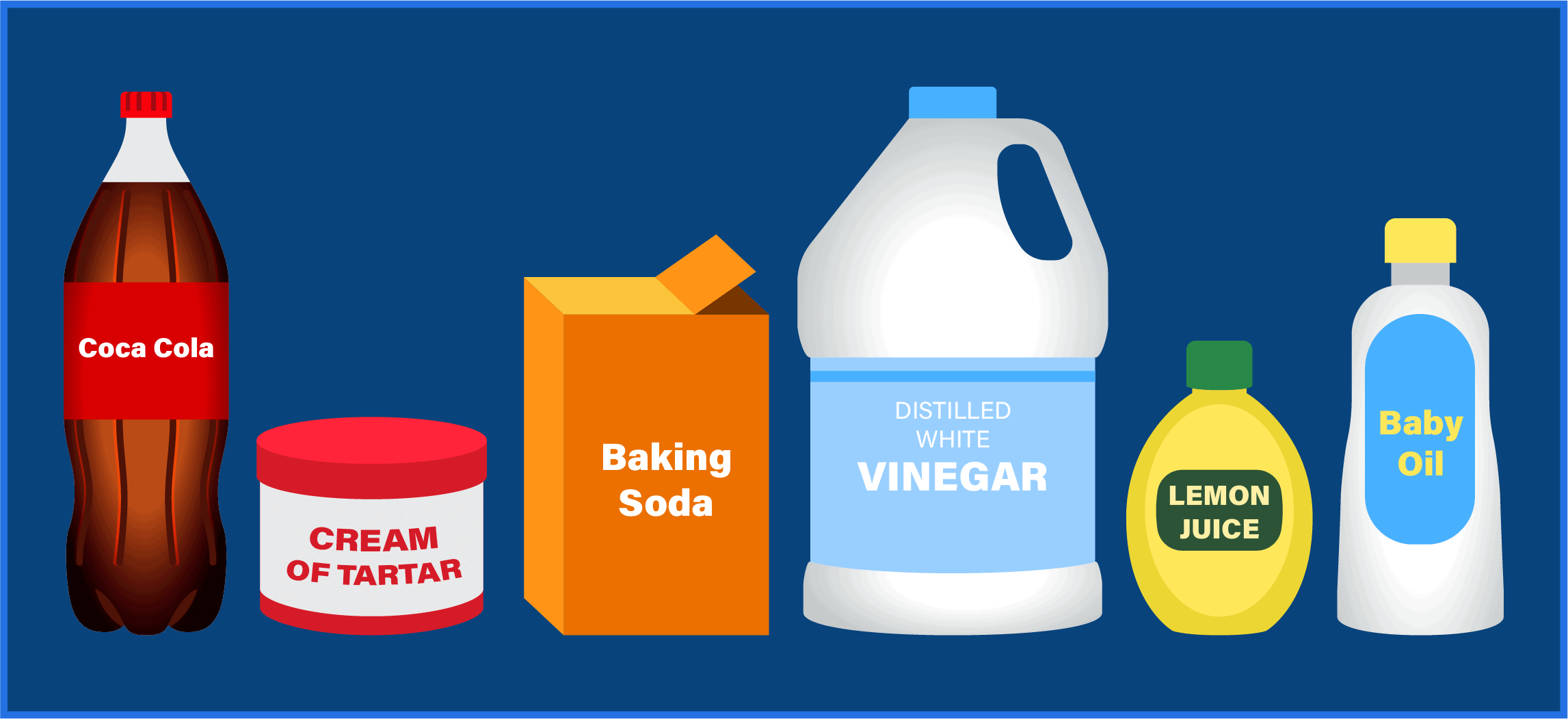
Cleaning your tires doesn’t always require a trip to the automotive store. Sometimes, the best solutions are right in your kitchen cabinet. Let’s explore some easy homemade blends for tire shine.
Simple Recipes for Homemade Tire Shine
- Lemon Oil, Dish Soap, and Borax: This blend offers deep cleaning while the lemon oil adds a touch of shine.
- Baking Soda and Dish Soap: A classic combination, the abrasive nature of baking soda combined with the cleansing power of dish soap provides a thorough clean.
- Lemon Juice and Baking Soda: A perfect solution for tackling stains on wheels.
- Coca-Cola, White Vinegar, and Dish Soap: Ideal for removing rust from screws and lug nuts. The acidity in the coke and vinegar breaks down rust efficiently.
- Cream of Tartar: A great option to eliminate rust from rims.
- Baby Oil and Dish Soap: Baby oil provides lubrication and shine, while dish soap cleans off the dirt.
For specific ratios and detailed explanations on how to use these mixtures, refer to the article by Charm City Circulator.
How to Clean Tires without Water
If you’re faced with water restrictions or lack the appropriate facilities, cleaning your tires without water is achievable and effective. Here’s how:
- Step 1: Apply a degreaser generously over the tire. Allow it to settle for a short period.
- Step 2: Scrub the tire vigorously using a hard brush. This helps in loosening dirt and grime.
- Step 3: Use a microfiber towel dampened with a no-rinse solution to wipe the tire. This method captures and removes dirt efficiently.
- Step 4: Dry the tires using a clean towel.
- Step 5 (Optional): If desired, apply a tire dressing for added shine and protection. Make sure to let it dry completely before hitting the road.
Alternatively, a mixture of baking soda and white vinegar can be used for a waterless cleanse. If you’re in a pinch, even a standard dryer sheet can help remove dirt and bring some shine to your tires.
Is Tire Shine Bad for Tires?
The realm of automotive care has seen its fair share of debates, but few as persistent as the one surrounding tire shines. While they undoubtedly give your tires that desirable, showroom-esque gleam, many question the potential long-term implications of their use. Here’s an exploration into the concerns, myths, and expert insights on this topic:
Common Concerns and Myths
- Tire Dry Rot: One of the most voiced concerns is that certain tire shines could accelerate tire dry rot. Dry rot causes the tires to crack and degrade, posing a safety risk.
- Dirt and Dust Attraction: Some users believe that applying tire shine can act like a magnet for dirt and dust. Over time, this could lead to a layer of grime that’s hard to clean.
- Discoloration: There’s a myth that frequent use of tire shines can lead to discoloration or brownish tint on tires, especially if they are over-applied or if the tires aren’t cleaned properly before application.
- De-glossing: While it seems counterintuitive, another common belief is that overuse of some tire shines might strip the tire’s natural sheen over time.
Expert Opinions and Findings
- Silicone vs. Water-Based Shines: The market has both silicone and water-based tire shines. Silicone-based shines tend to give a glossier finish and last longer. However, some experts caution against silicone as they believe it could dry out the tire over time. On the other hand, water-based shines are seen as safer for the tire’s health, although they may not last as long or provide as glossy a finish.
- Product Quality Matters: As with most products, not all tire shines are made equal. High-quality, reputable brands usually undergo rigorous testing and are less likely to harm your tires. Conversely, cheaper, low-quality options might not have the same safeguards in place.
- Moderation is Key: Even the most ardent proponents of tire shines advise against overusing them. Regularly cleaning your tires and using shine products in moderation seems to be the general consensus for optimal tire health and appearance.
- Manufacturer’s Recommendations: Always consider the tire manufacturer’s guidelines. Some manufacturers might specifically advise against certain chemicals or products.
In conclusion, the debate on whether tire shine is detrimental to tires is multifaceted. While there’s no definitive answer that applies across the board, it’s clear that informed decisions, focusing on product quality, and moderation can mitigate most concerns.
Tire Cleaning Techniques
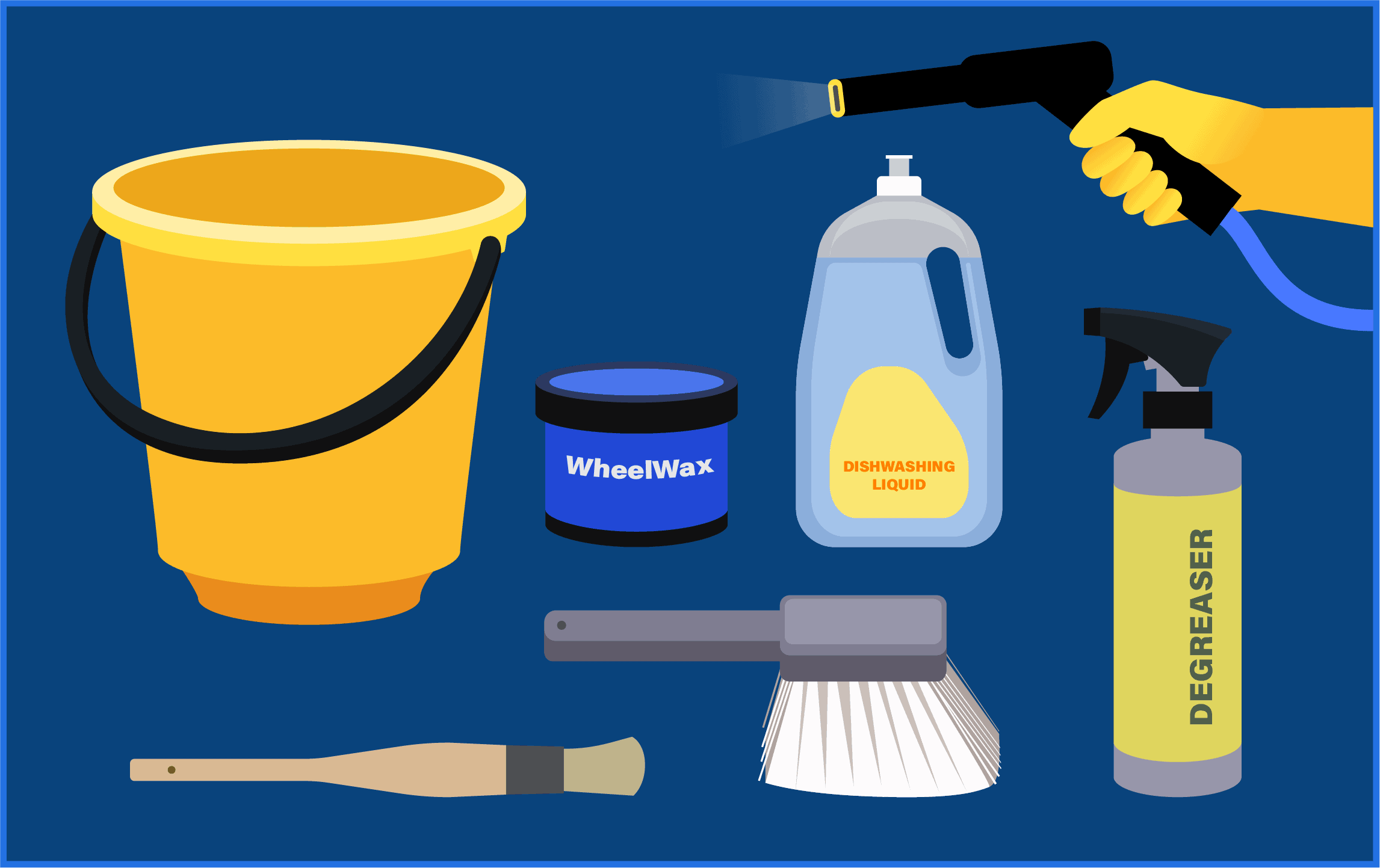
Essential Tools for Tire Cleaning
- Hose with Spray Nozzle: Effective for initial rinsing and removing loose dirt.
- Bucket: To mix your cleaning solution.
- Microfiber Towels: Dedicated to tire cleaning, using them elsewhere might transfer grit, risking paint damage.
- Bristled Brush: Soft to medium-hard bristles are ideal for scrubbing without causing harm.
- Dish Soap or Degreaser: A cleaning agent that’s effective against tough grime.
- Warm Water: Helps in activating the cleaning agent and making it more effective.
Recommended Additional Tools
- Detailing Brushes: Ideal for reaching intricate wheel patterns and crevices.
- Wheel Cleaner & Wax: Specialized solutions for enhanced shine and protection.
- Lug-nut Brush: Ensures the lug nuts remain as pristine as the wheels.
- Pressure Washer: For a more effective rinse, especially when dealing with stubborn dirt.
- Foam Pads or Waxing Mitts: Used for wax or protectant application.
- Wheel Brush: Specifically designed to clean wheels without scratching.
How to Clean Your Tires: Step-by-Step Guide
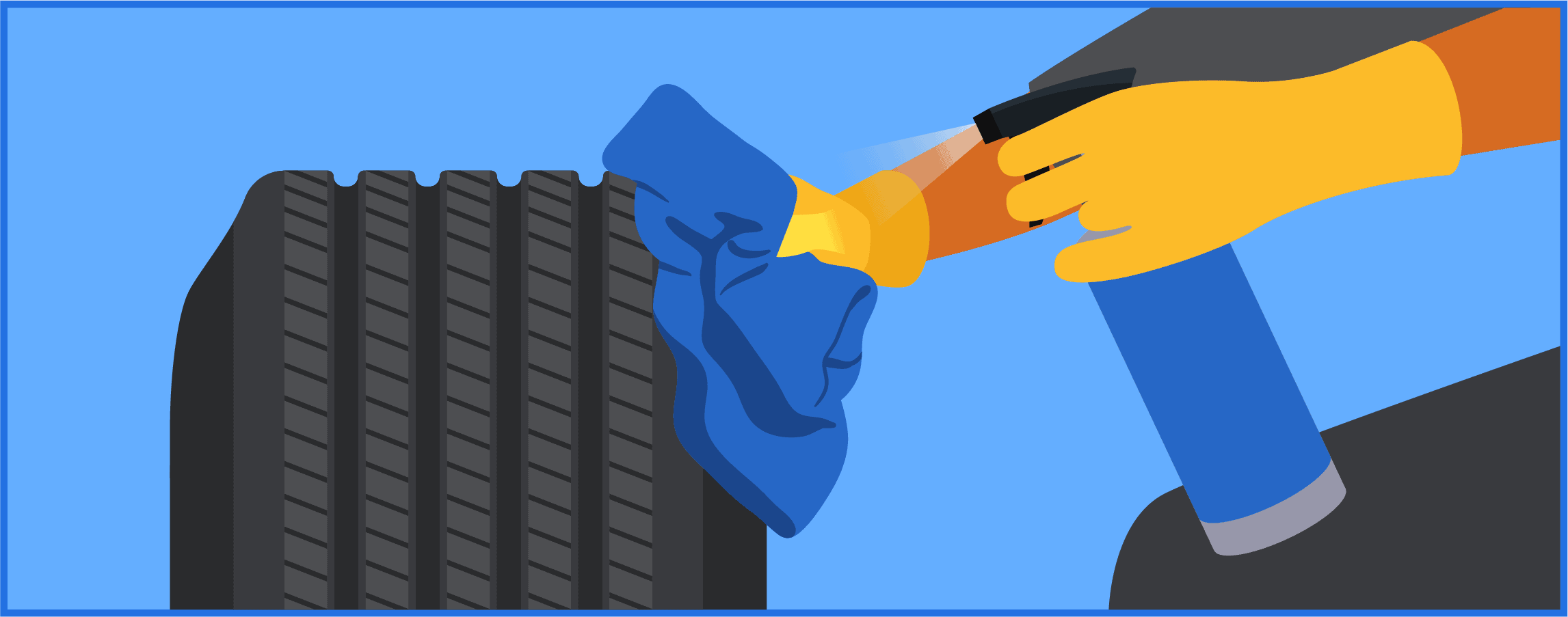
Here’s our foolproof, step-by-step explanation of how to clean your tires and wheels so they look as good as the day you bought them:
1. Select an Appropriate Cleaning Spot
While driveways are convenient, remember that many car washes must treat and recycle their runoff. Ensure that your cleaning doesn’t negatively impact the environment, especially when using strong chemicals.
2. Preparation is Key
Before diving in, ensure all your tools are on hand. Allow your tires and wheels to cool if you’ve recently driven.
3. Rinse Thoroughly
Start the cleaning process by using the hose or pressure washer to rinse off loose debris. Focus especially on the inside of the rims. For better results, ensure tires remain wet during the cleaning process to avoid abrasive damage.
4. Deep Clean the Tires
Working on each tire individually ensures thorough cleaning. Use your bristled brush and cleaning agent, allowing the suds to sit for a few minutes before rinsing. This helps in breaking down the tougher grime.
5. Wheel Cleaning
The wheel requires equal attention. After wetting it, scrub using the same detergent or a specialized wheel cleaner. Detailing brushes can be handy for intricate patterns. Ensure a thorough rinse post-cleaning.
6. Drying
Using a clean microfiber towel, dry each tire and wheel to prevent water spots.
7. Optional Wheel Waxing
If you’re considering an additional layer of protection, wheel wax can be your go-to. Apply it a few times annually for easier future cleanings. Adhere to the product’s instructions for the best outcome, and buff off the excess for a gleaming finish.
How to Clean Tire Sidewalls
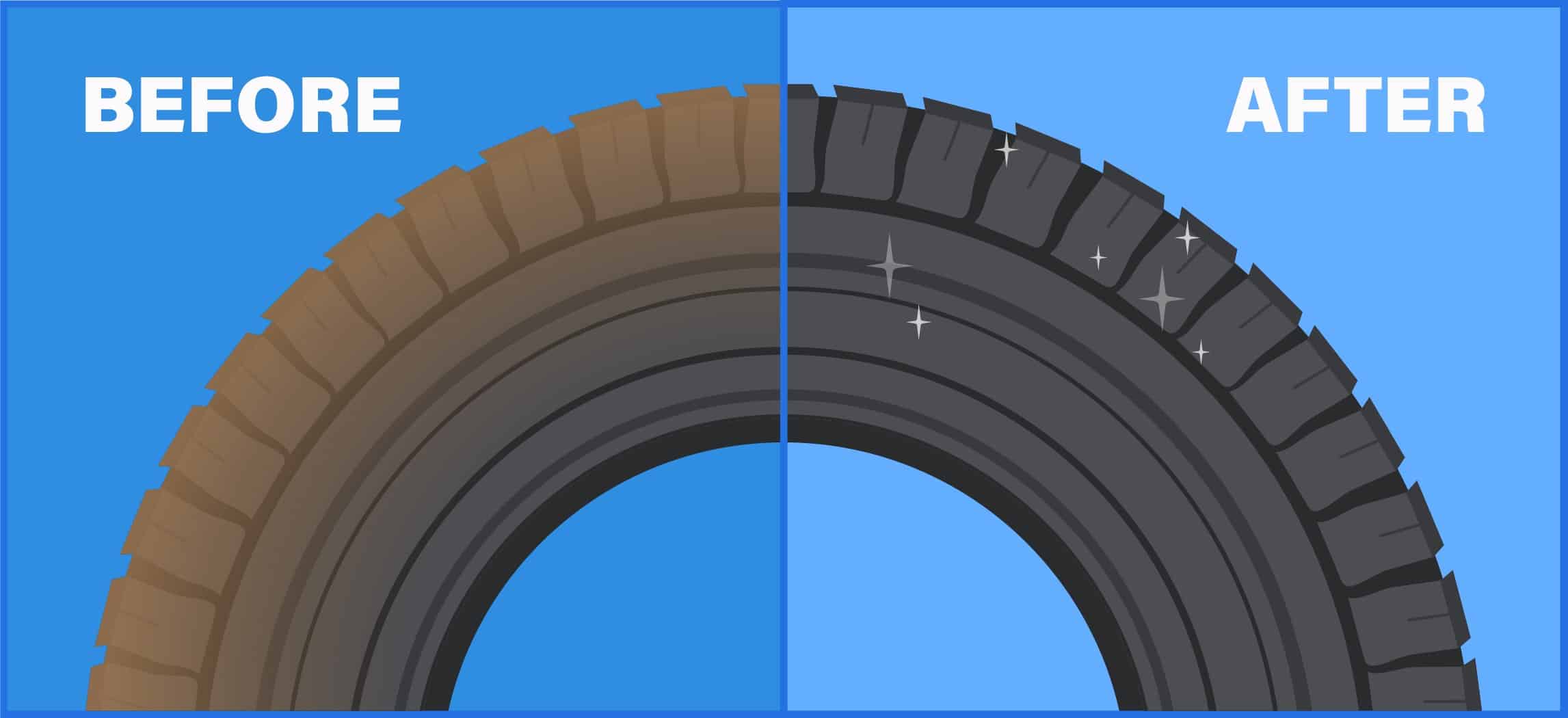
The sidewalls of a tire are particularly prone to dirt accumulation and discoloration. Tire sidewalls tend to turn brown in a phenomenon known as “blooming,” which is caused by antiozonants present in the rubber. Cleaning them ensures a uniform look and can also prolong their life.
- Wet the Sidewall: Start by dampening the sidewall with water to help the cleaning agents spread more easily.
- Apply Degreaser: Use a degreaser specifically formulated for tires. Allow it to sit for a few minutes to break down the grime but avoid letting it dry.
- Scrub Gently: Using a soft brush, scrub the sidewall in circular motions. Make sure you’re not too aggressive, as excessive force can cause unnecessary wear.
- Rinse and Dry: Rinse off the cleaning agent thoroughly, ensuring no residue remains. Dry with a clean microfiber cloth.
- Dressing the Sidewall: Consider applying a tire dressing specifically made for sidewalls after cleaning. This enhances the appearance and provides a protective layer against UV rays, preventing premature aging.
Additional Tips
How Often to Clean Your Tires
It’s recommended that you clean your tires and wheels a minimum of twice a month to ensure they don’t experience excessive premature wear due to the build-up of dirt and debris. This will also ensure that they operate at optimal performance and, if your car’s appearance is a concern for you, that they look as good as they possibly can.
In addition, if you’re cleaning your entire car, it’s a good idea to start with the tires as they’re most often the dirtiest part of the car and are the closest to the ground (ideally, you would be working your way up from the bottom to top). Otherwise, you might end up with dirt and grime splattering onto your clean car, which would be counterproductive and would require re-cleaning certain areas.
Tips for Maintaining Clean Tires in Different Climates and Conditions
- Wet Climates: In areas with frequent rain, mud, and water can cause a quick buildup on tires. Regular checks and cleanings can prevent long-term mud accumulation. Investing in a quality tire sealant can also help reduce dirt adherence.
- Snowy Climates: Road salt used in snowy conditions can be corrosive and harmful to tires. After driving on salted roads, cleaning your tires promptly is crucial to prevent potential damage.
- Desert Climates: Sand can be abrasive. If you’re driving in desert regions, ensure you brush off the sand from your tires after trips, especially off-road ones, to prevent excessive wear.
- Urban Areas: City driving often exposes your tires to various pollutants and debris. Regular cleaning and an occasional application of a protectant can shield your tires from these elements.
- Countryside or Off-Road: If you’re frequently driving on unpaved roads, your tires are more susceptible to collecting mud, stones, and other debris. Regular inspections and cleanings are crucial in such cases.

